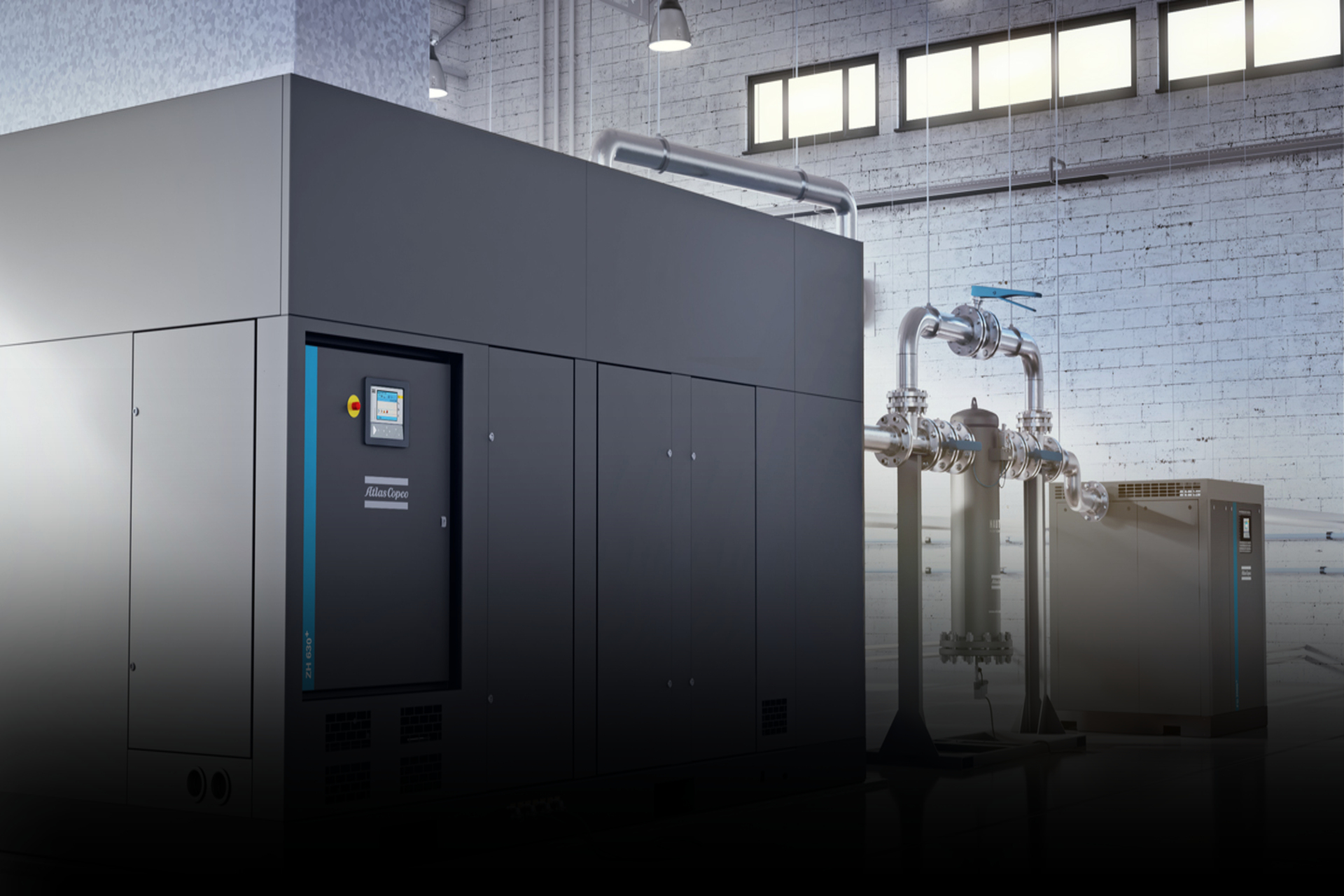
No Time to Read?
Let’s Explore the Blog Together to Know What’s Inside in 5 min summary video
AIr compressors are used in various types of industries to provide compressed and pressurized air for many applications. It is used today as the backbone of industries and crafts, and even the simplest and most complex works. Daily, hundreds of cars pass by gas stations to adjust the tire pressure, which is one of the pillars of driving safety.
The production lines are almost not devoid of compressed air lines to close / open the valves, vehicle, carpentry and blacksmithing workshops, you may find more than one air compressor with various capacities.
Compressors are divided into three groups:
Small
Delivers up to 40 litres per second of free air
Power input of no more than 15 kw.
Mobile or fixed and supplied as packaged units
Medium
Delivers from 40 to 300 litres per second of free air
Power input of between 15 and 100 kw
Supplied as packaged units
Large
Delivers more than 300 litres per second of free air
Power input of more than 100 kw
Supplied as packaged units
Why compressed air can be dangerous ? What are risks of compressed air?
- Possibibilty to enter body through mouth, ears, causing severe and often fatal injuries
- High pressure air flow can penetrate the skin
- Residuals particles in an air jet can damage eyes
- Carbonaceous residuals deposits can spontaneously ignite or explode
- Compressed air vessels explosions [ even at comparatively low pressure ]
- Overpressurisation caused by :
a) Unsafe operating condition/ system malfunction due to corrosion and blocked valves by dirty or ‘wet’ air
b) Failure of automatic controls combined with low air consumption
c) External fire near the pressure system
General compressed air system control measures / precuations
1) Install safety valves
a) It is advisable to fit safety valve between each stage with medium or large multi-stage positive displacement compressors
b) Safety valves shall be suitable and in accordance with standards
2) Install accurately calibrated air pressure gauge with a readily visible appropriate scale-reading
3) Install thermal protection to the system
a) Minimise the risk of overheating and
b) Automatically shut down the compressor when a pre-determined temperature is exceeded

4) Install lubricant protection devices
a) If the lubricating oil pressure drops , pressure-sensing will shut down the compressor and activate visible and audible alarms
b) If the lubricating oil exceeds the temperature specified by the lubricant manufacturer set off an alarm and shut down the compressor
5) Install explosion protection fusible plugs
a) Warning device employed on compressed air systems, andsteam systems.
b) Considered a last line of defense and used to avert a catastrophic failure occurring
c) Protect machinery items from over temperature



